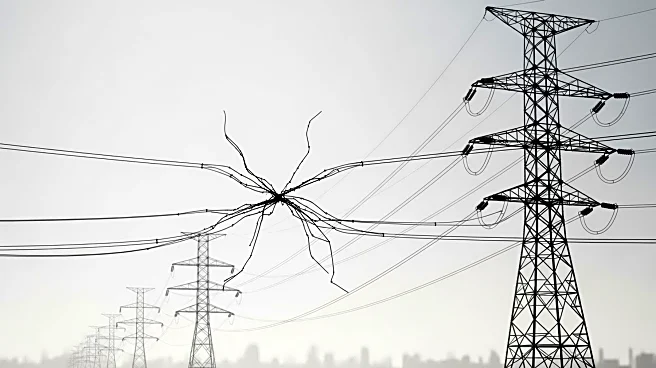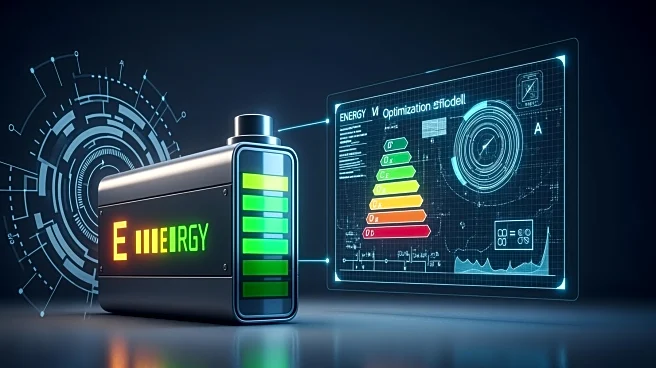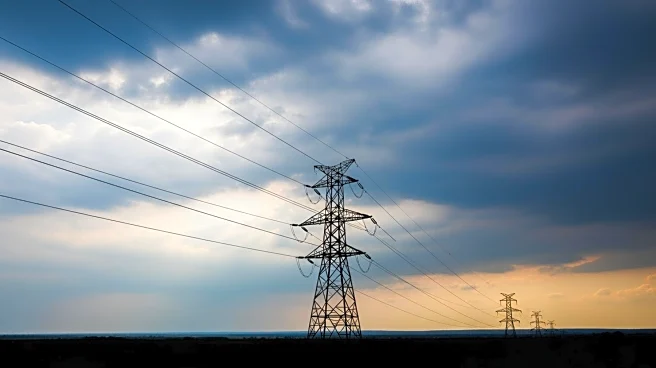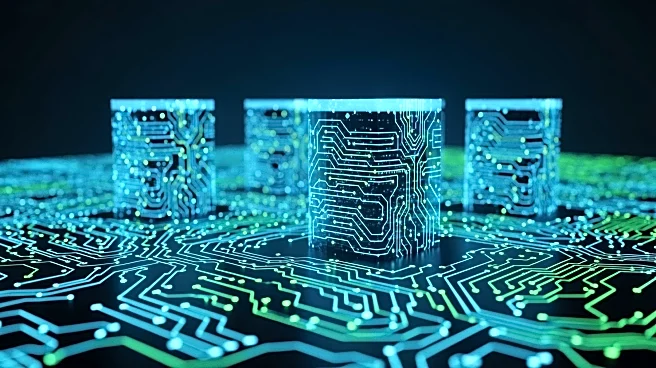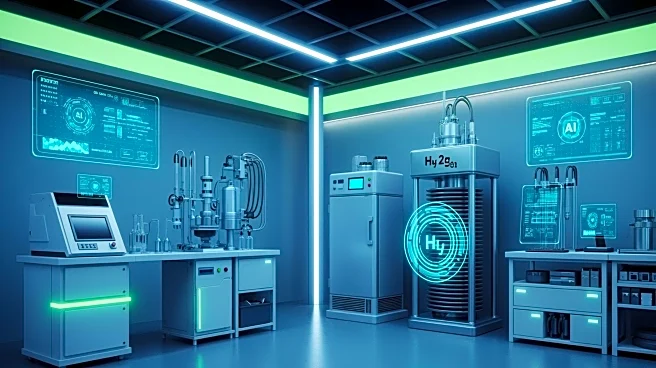What's Happening?
CyrusOne's Senior Vice President of Engineering, Jim Roche, has highlighted the transformative impact of AI on data center operations and utility planning. At the Data Center World Power 2025 event, Roche explained that AI workloads and high-density computing
are driving significant changes in power consumption patterns. Traditional data centers, which once operated with power densities of 3 to 5 kW per rack, are now seeing loads exceed 100 kW, with some experimental designs reaching up to 300 kW per rack. This shift is causing rapid bursts of energy consumption, known as 'spiky loads,' which can surge 150% above normal levels. These changes are forcing data center engineers to rethink power distribution, cooling, and resilience strategies. The power sector is also adapting, with utilities needing to accommodate fluctuating demands and reevaluate grid planning and infrastructure.
Why It's Important?
The evolution of data centers due to AI is significant for both the technology and energy sectors. As AI systems demand more power, utilities must adapt to unpredictable consumption patterns, which could lead to increased investment in infrastructure and changes in regulatory frameworks. This shift may drive innovation in energy management and data center design, potentially leading to more sustainable and efficient operations. The collaboration between data centers and utilities could redefine traditional roles, with data centers taking on responsibilities typically held by utilities, such as funding substations and managing grid connections. This transformation could impact energy policy, grid reliability, and the future of digital infrastructure.
What's Next?
Data centers and utilities are likely to continue evolving their strategies to manage the growing power demands of AI. This may include exploring modular construction, on-site power generation, and advanced cooling technologies. The integration of small modular reactors and renewable energy sources could become more prevalent as data centers seek carbon-free power solutions. Additionally, the collaboration between data centers and utilities may lead to new regulatory approaches and technological innovations to ensure grid stability and meet the demands of high-density computing.
Beyond the Headlines
The shift in data center power demands due to AI could have broader implications for energy policy and infrastructure development. As data centers assume roles traditionally held by utilities, there may be ethical and regulatory considerations regarding the distribution of costs and responsibilities. The rapid pace of change could also influence cultural perceptions of technology and energy consumption, potentially driving public discourse on sustainability and innovation.





